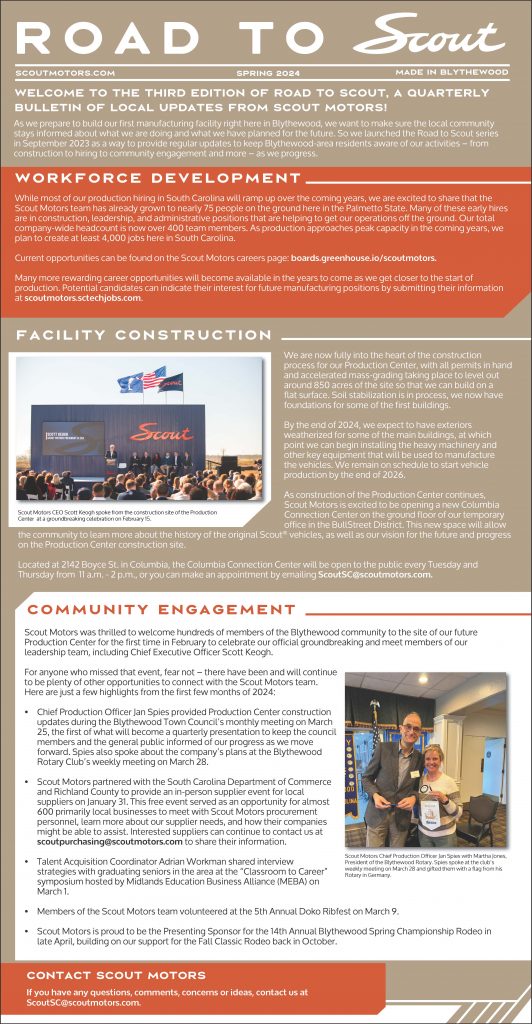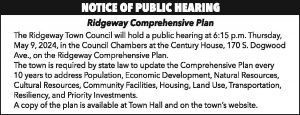WINNSBORO (Sept. 1, 2016) – Fairfield County Council issued its sixth general obligation (GO) bond in three years, this one in the amount of $306,000, issued Aug. 14.
The new bond, like the five previous GO bonds, is being issued to pay off, in a circuitous fashion, a $24 million bond that was issued in 2013, not by the County but by a non-profit facilities corporation that was created by the County in March 2013 for the purpose of purchasing and repairing specific economic development projects for the County that the County could not otherwise afford to purchase and repair.
The County used this legal but unorthodox scheme to borrow a larger amount of money than it could otherwise legally borrow without a voter referendum.
In order to create an artificial revenue stream large enough to buy back the purchased and repaired specific economic development projects from the facilities corporation through an installment purchase plan, Council passed an ordinance on April 15, 2013, that allowed it to issue an unlimited number of GO bonds. The revenue from those GO bonds will be used to make the installment purchase payments to the facilities corporation over about 35 years. The facilities corporation will use those installment purchase payments to pay off the $24 million bond.
After the first GO bond was issued Feb. 12, 2014, surprised residents complained that the County’s scheme to make payments (to the shell corporation) to pay off the $24 million bond debt with a string of GO bonds had not been explained to the public. While Parker Poe, the County’s bond attorney, later claimed in a public meeting that the plan had been fully explained to the public, those ‘plan’ explanations were about how the revenue from the $24 million bond would be spent, not how the facilities corporation process worked and how the County would levy multiple GO bonds over many years to pay off its debt to the facilities corporation.
And the GO bond ordinance was short on details about the bonds – such as how many would be issued, for how much and how long.
So long as the bonds issued do not exceed the County’s 8 percent debt limit, Council can issue bonds without the voters’ permission. Even so, the state statute provides a 20-day window that would have allowed the voters of Fairfield County (had they known Council was passing the GO bond ordinance) to initiate a petition that could have forced a referendum on the ordinance, effectively halting the issuance of the GO bonds.
But while the ordinance was passed in a public meeting, a review of the recordings of the meetings verify that it was not explained. Elected officials and newspaper accounts may have further derailed any petition effort by wrongly identifying the ordinance passed on April 15, 2013 as the $24 million bond, not the GO bond ordinance which was subject to the initiative petition.
Adding further confusion, then County Administrator Philip Hinely and then Director of Economic Development Tiffany Harrison were quoted in The Voice as saying the $24 million bond would not increase taxes. But a chart obtained in 2014 from the County through a Freedom of Information Act request showed that it is actually the GO bond debt (that is continually levied each year to make the installment purchase payments on the $24 million bond) that keeps the County’s debt millage at an elevated level of approximately 10 mills (or about $1.27 million) each year until about 2042, at which time the debt millage will begin to decrease steadily, reaching zero by 2047.
While the County borrowed $24,690,000 to pay for economic development projects, it will repay $43,200,663 for the principal and interest on that bond debt, according to the bond document.
Although the former County officials initially aligned the payments for the $24 million bond debt with the dates the County would realize additional income from the second and third units at the V.C. Summer nuclear plant, then Interim Administrator Milton Pope noted during a joint meeting of the Fairfield County Council and the Fairfield County Legislative Delegation in 2014 that the semi-annual installment purchase payments on the $24 million bond do not depend on income from the V.C. Summer nuclear plant. Pope said it was planned from the beginning to pay off the $24 million bond with property tax revenue from the issuance of multiple GO bonds over a period of about 35 years.











So, what will be the final tab for this shell corporation- counting interest, principle, GO bonds, plus Parker Poe and other third party fees? Thus far, estimates peg FFC expenditures at nearly double the return in project value. No worries however. We will let the next generation sweat the costs.